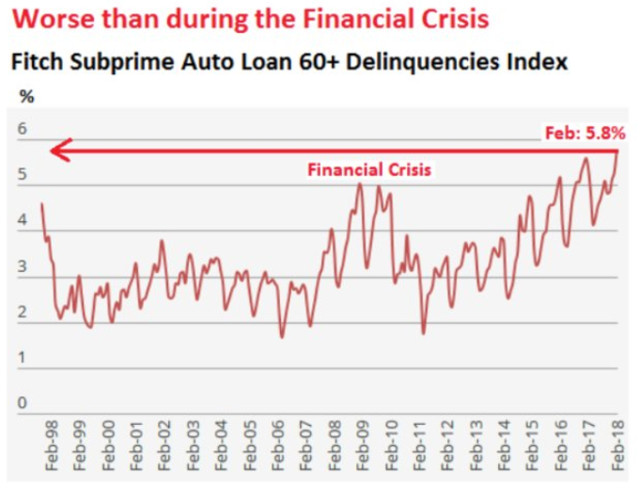U.s. Recession Model At 100% Confirms Downturn Is Already ...
The COVID-19 pandemic will slow development for the next numerous years. There are other long-lasting trends that also affect the economy. From extreme weather to increasing healthcare expenses and the federal debt, here's how all of these patterns will affect you. In simply a couple of months, the COVID-19 pandemic annihilated the U.S.
In the first quarter of 2020, growth declined by 5%. In the second quarter, it plummeted by 31. 4%, however then rebounded in the third quarter to 33. 4%. In April, throughout the height of the pandemic, retail sales plunged 16. 4% as governors closed inessential companies. Furloughed workers sent the number of jobless to 23 million that month.
7 million. The Congressional Budget Workplace (CBO) anticipates a customized U-shaped recovery. The Congressional Spending Plan Office (CBO) anticipated the third-quarter data would enhance, but insufficient to make up for Browse around this site earlier losses. The click here economy will not go back to its pre-pandemic level until the middle of 2022, the firm projections. Sadly, the CBO was right.
4%, however it still was insufficient to recuperate the previous decline in Q2. On Oct. 1, 2020, the U.S. financial obligation went beyond $27 trillion. The COVID-19 pandemic contributed to the financial obligation with the CARES Act and lower tax profits. The U.S. debt-to-gross domestic product ratio rose to 127% by the end of Q3that's much greater than the 77% tipping point suggested by the International Monetary writeablog.net/moenusqcko/h1-style-andquot-clear-bothandquot-id-andquot-content-section-0andquot-top-10 Fund.
Next Financial Crisis (How And When It Will Happen According To ...
Higher rate of interest would increase the interest payments on the debt. That's not likely as long as the U.S. economy stays in economic crisis. The Federal Reserve will keep rate of interest low to spur growth. Disagreements over how to reduce the financial obligation may translate into a debt crisis if the financial obligation ceiling requirements to be raised.
Social Security pays for itself, and Medicare partially does, at least for now. As Washington wrestles with the very best method to resolve the financial obligation, unpredictability develops over tax rates, benefits, and federal programs. Companies respond to this uncertainty by hoarding cash, hiring short-term instead of full-time employees, and postponing Find more information major financial investments.
It could cost the U.S. government as much as $112 billion per year, according to a report by the U.S. Federal Government Responsibility Office (GAO). The Federal Reserve has actually cautioned that climate modification threatens the financial system. Severe weather is forcing farms, utilities, and other companies to declare personal bankruptcy. As those debtors go under, it will damage banks' balance sheets similar to subprime mortgages did throughout the monetary crisis.
 Another Financial Crisis Is Coming ...seekingalpha.com
Another Financial Crisis Is Coming ...seekingalpha.com
Munich Re, the world's largest reinsurance company, cautioned that insurance coverage firms will need to raise premiums to cover greater costs from severe weather condition. That might make insurance coverage too costly for a lot of individuals. Over the next couple of years, temperatures are anticipated to increase by between 2 and 4 degrees Fahrenheit. Warmer summers suggest more harmful wildfires.
Top 10 Economic Predictions For 2021 - Ihs Markit
Higher temperature levels have even pushed the dry western Plains region 140 miles eastward. As a result, farmers used to growing corn will need to switch to hardier wheat. A much shorter winter season implies that many bugs, such as the pine bark beetle, don't die off in the winter. The U.S. Forest Service estimates that 100,000 beetle-infested trees could fall daily over the next 10 years.
Droughts exterminate crops and raise beef, nut, and fruit rates. Millions of asthma and allergy sufferers need to pay for increased health care expenses. Longer summers lengthen the allergy season. In some locations, the pollen season is now 25 days longer than in 1995. Pollen counts are projected to more than double in between 2000 and 2040.